Threatens to open up an area the size of Germany in the jungle
BR-319 - The road connesting Manaus to the rest of the country threatens to open up an area the size of Germany in the jungle. The implementation of infrastructure projects brings environmental dilemmas to the roadside.
The study undertaken by IDESAM on the socio-environmental impacts of the BR-319 shows that, in the last eight years, 305 km of byroads (neighbouring roads) were opened around Realidade, mainly by loggers. In 2016–17 alone, the total deforested area there increased by 17 per cent.
‘In those areas, the land occupations are taking place at a much faster rate than the presence of the authorities,’ states the researcher Fernanda Meirelles, coordinator of public policies at IDESAM.
According to her, the creation of conservation units along the BR-319 in order to mitigate the impact is not enough to maintain the preservation of the forest. ‘They are very important and act as a deforestation barrier, but in some units we have noticed the opening up of byroads. The closer they are to settlements and urban concentrations, the more vulnerable they are,’ she says.
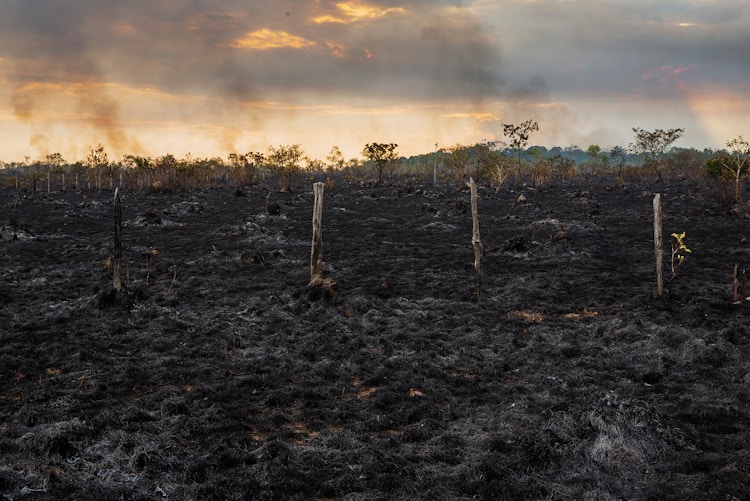
Scorched area of pasture by the roadside of the BR-319, next to Humaitá. Lalo de Almeida/Folhapress
The Secretary-General of the Association of Friends and Defenders of the BR-319, the geographer Thiago Neto, admits that there is a lack of governance to curb the deforestation, but sees conditions under which the BR-319 can be paved without repeating the bad experiences that resulted in the case of other roads in the Amazon.
‘For there to be a difference, the central government must act in the areas of conservation and inspection,’ states the geographer.
The Procurator of the Republic, Rafael Rocha, who is the moderator of a forum about the BR-319 with the participation of government departments and civil society, states that the debate begins with the premise that the road will be paved soon.
‘Some are more committed to the asphalting and less to sustainability, and others, more to sustainability and less to the asphalting,’ says Rocha.
‘The next most important step is to try to establish governance agreements. Otherwise, you don't even have to guess. Just see what happened in Santarém-Cuiabá, one of the largest areas of deforestation in the Amazon.’
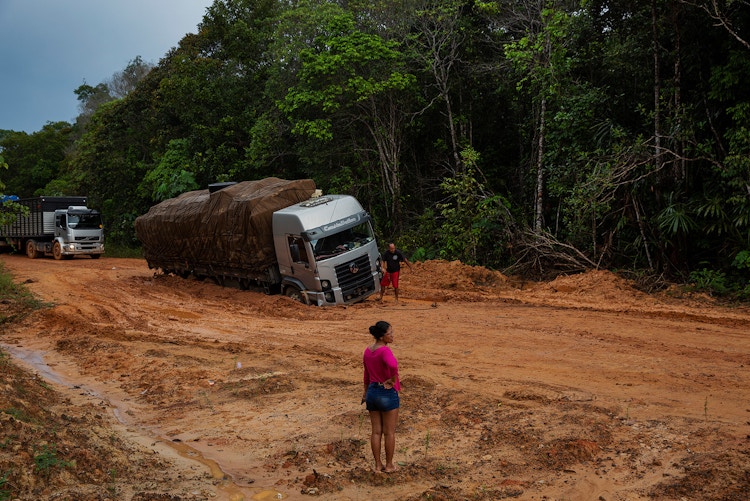
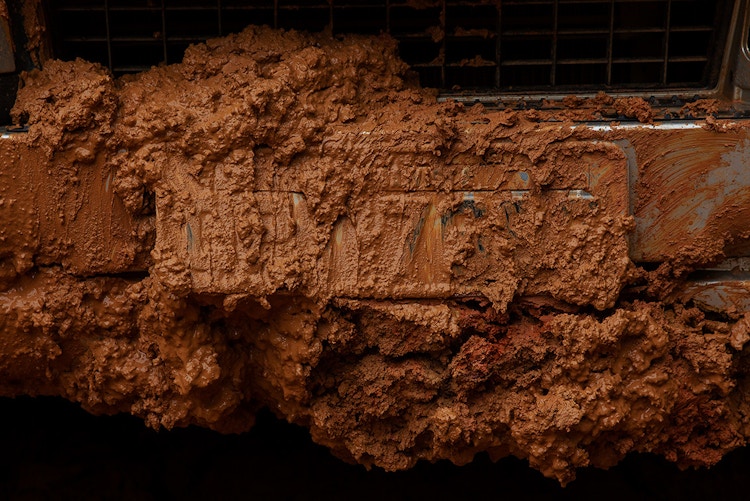
A SHORTER TRIP
Away from the road, the pressure to pave it comes mainly from political leaders and entrepreneurs from Amazonas and Rondônia, including the network Rede Amazônica, affiliated with the television network Rede Globo. Their main argument is the lower freight costs to Manaus, where produce gets distributed mainly by river – the principal connection with Rondônia is along the Madeira river.
‘The river is generally cheaper, but it is much slower, 12 hours instead of five days. Furthermore, for three months last year the passage to Porto Velho was almost impassable, making the trip longer and much more expensive,’ says Denis Minev, financial director of Bemol, a chain of shops from the department of Amazônia, based in Manaus.
Today, the travel time is unpredictable due to mudslides. During the rainy season (from December to May), there are reports of trucks and buses that take up to seven days to complete the journey between the two capitals.
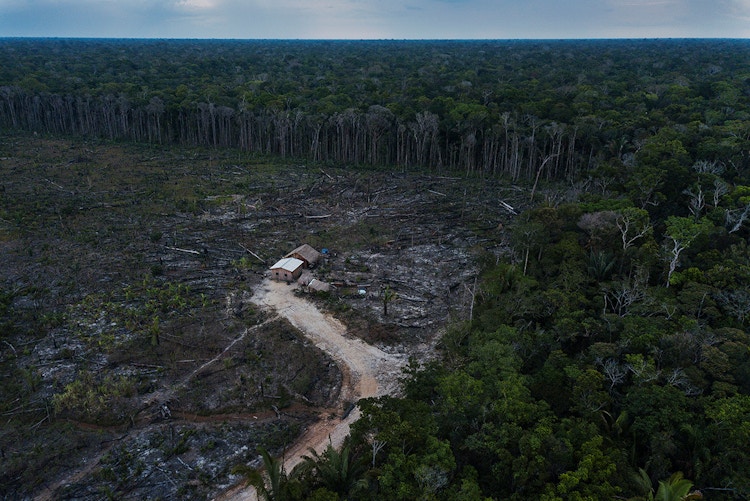
Area deforested by a settler beside the BR-319 next to the town of Realidade. Lalo de Almeida/Folhapress
In this region, Freitas raises beef and dairy cattle and exploits the timber industry. He explains that he has still not managed to legalise his land and that he has a licence issued by the state government to manage the forest.
Freitas says that ‘to live well’, a family needs one thousand head of cattle in a thousand hectares of pasture. ‘People come from outside the region and all we think about is raising cattle.’
The farmer claims that it is possible to live in the region in areas of ten hectares, as long as the government encourages the diversification of agriculture and fish farming. With the paving of the road, he says, the produce will have a market in Manaus with its 2.1 million inhabitants.

Stall in a farmers’ market in Careiro do Castanho, along the BR-319 road. Lalo de Almeida/Folhapress

NEW AND OLD RESIDENTS
In August, a reporting team from Folha travelled along the road from Manaus to Porto Velho for a period of three days. From residents attracted to the region in the 1970s to drivers with overloaded trucks, they all support the paving of the road.
Fifty-eight year-old Valtair de Freitas, who has lived in Realidade (600 km from Manaus and 290 km from Porto Velho) since 2005, is one of the migrants attracted by cheap land and the prospect of a paved road. Born in Paraná, as a child he moved with his parents to Rondônia before moving up to Amazonas ‘in the quest for more space to raise the family.’
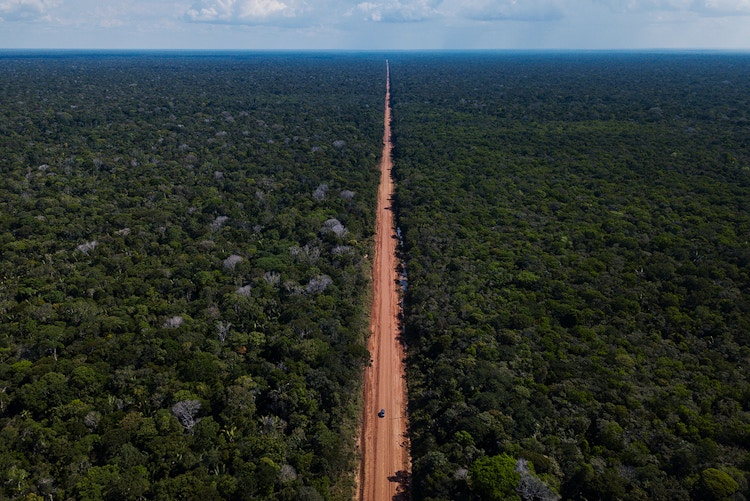
View from a drone of a stretch of the BR-319 between Igapó-Açu and Realidade, Amazonas. Lalo de Almeida/Folhapress
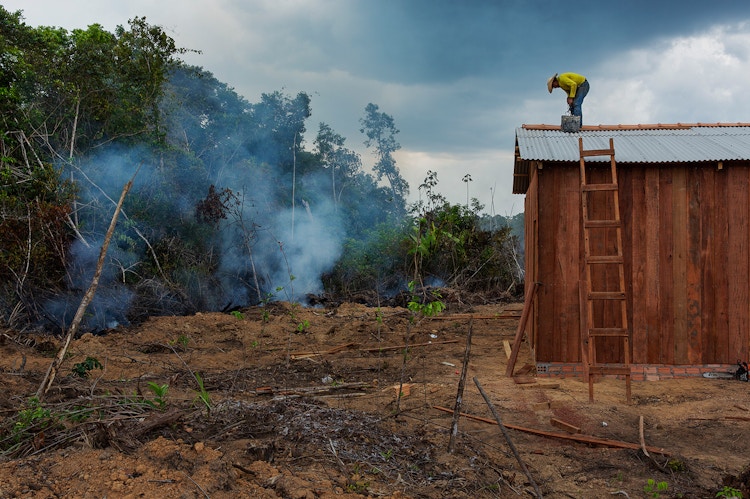
Settlers building a house in a recently deforested plot of land along the BR-319, next to Realidade. Lalo de Almeida/Folhapress
‘The BR-319 represents a huge threat to the forest because it opens up the remaining half of the Brazilian Amazon to loggers,’ says American ecologist Philip Fearnside from INPA (the National Institute of Amazonian), based in Manaus.
‘The road connects the Arc of Deforestation [south of Amazonas and Rondônia] with Manaus, which has a network of roads as far as Roraima, where the migrants can exit,’ says Fearnside, winner of the Nobel Peace Prize in 2007 together with other scientists from the IPCC, the United Nations intergovernmental panel on climate change, for their global warming alerts.
Improving the road conditions in recent years has already resulted in the growth of Realidade, which began as a settlement of people from the National Institute of Colonization and Agrarian Reform (INCRA) and today has around 7000 inhabitants, mostly from Rondônia.




The longest road, the 578 kilometre-long AM-366, cuts through a national park and indigenous lands. The BR-319’s total area of influence is equivalent to the territories of Germany and the Netherlands put together, according to a study published by IDESAM (Institute for Conservation and Sustainable Development of the Amazon).
The absence of central government was made worse in October last year, when prospectors set fire to the offices of Ibama and ICMBio (Chico Mendes Institute for Biodiversity Conservation) in Humaitá (Amazonas), the municipality to which the town of Realidade belongs.

Workers paving the BR-319 next to the city of Careiro do Castanho. Lalo de Almeida/Folhapress
Since 1996, the road has returned onto the government radar and the asphalting of stretches next to the state capitals and maintenance work have improved the traffic and increased the flow of passenger and goods vehicles. However, the lack of an environmental licence has halted the paving of the so-called 'middle stretch', a length of 406 km.
There is considerable debate surrounding that licence. The main obstacle preventing the Ibama (Brazilian Institute of Environment and Renewable Natural Resources) from issuing it is the lack of government presence in the area surrounding the BR-319, since repaving it would make the opening of four more planned state highways a viable proposition.
Opened in 1976, the BR-319 is almost 900 km long and is the only road connection from Manaus to the rest of the country, through Porto Velho in the state of Rondônia. Unusually, it was constructed as a paved road, but lack of maintenance caused the loss of the tarmac until it became impassable in 1988.
The dusty town of Realidade in the state of Amazonas follows the cycle of uncontrolled exploitation of timber, opening up space for the fragmentation and illegal deforestation which precedes extensive livestock rearing. The difference is that the town borders the BR-319, which, when paved, can spread that model of chaotic occupation to an area larger than Germany.